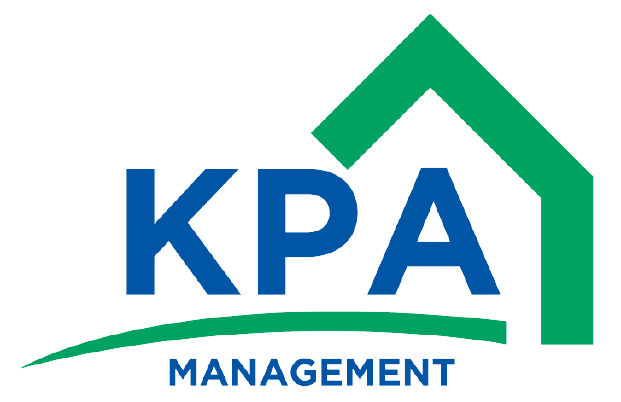Winterizing in your Community and your Home
With the changing seasons upon us it is time to start preparing your home for the possible freezing temperatures this winter. It is very important to winterize your exterior hose bib. In some common interest communities the exterior hose bibs are a common element and therefore the responsibility of the Association to winterize. In other communities it is the responsibility of the homeowner to winterize their exterior hose bib, be sure to check with your community’s governing documents before taking any actions to winterize your home. Winterizing your exterior hose bib is a 5 step process:
1) Remove any hoses attached to the hose bib
2) Turn on (or open) the exterior hose bib
3) Turn off (or close) the inside shut-off valve
4) Verify that the water is no longer flowing from the exterior hose bib
5) Leave the exterior hose bib on, or open.
It is important to every community that this is done because when the outdoor temperatures dip down into freezing any water left in the pipeline can become frozen and burst the pipe in the wall. This can lead to extensive water damage to the units. Winterizing your exterior faucets can prevent this problem. It is also important to maintain your unit if you are an investor owner, and your unit is vacant. Make sure to have utilities on, with a reasonable temperature set on the thermostat, to ensure the pipes in the unit are kept warm enough to avoid freezing.
In some communities, the utilities are included in the condominium assessment. This means you as a homeowner are not responsible for paying a monthly utility bill. You are, however, responsible for helping to keep utility costs down so that your assessments are not increased due to higher utility usage costs incorporated into the annual budget. The following tips can help to maintain utility costs:
- Refrain from having windows open while the heat is on.
- If you are leaving town for a few days or more, turn down the thermostat to a reasonable temperature, about 68 degrees, so you are not heating an empty unit.
- If servicing of the HVAC unit is the homeowner responsibility, be sure to have it serviced before the winter season is in full swing, and change your filter frequently to ensure it is running at an optimal level.
- Inspect and clean your dryer vents to avoid fire hazards and to improve the efficiency of the dryer. An electric dryer has the second highest energy consumption rate in a home, the first being air conditioning.
- A ceiling fan can be used to improve heating efficiency in your home. There is a switch on most ceiling fans that will reverse the direction of the blades. Setting the ceiling fan to run clockwise helps push the warm air back down and reduce your heat costs. We all remember that warm air rises and in homes with vaulted ceilings this technique is especially helpful to heat your home.
Following these tips will help to prepare your home for whatever Mother Nature is bringing us this winter season.


